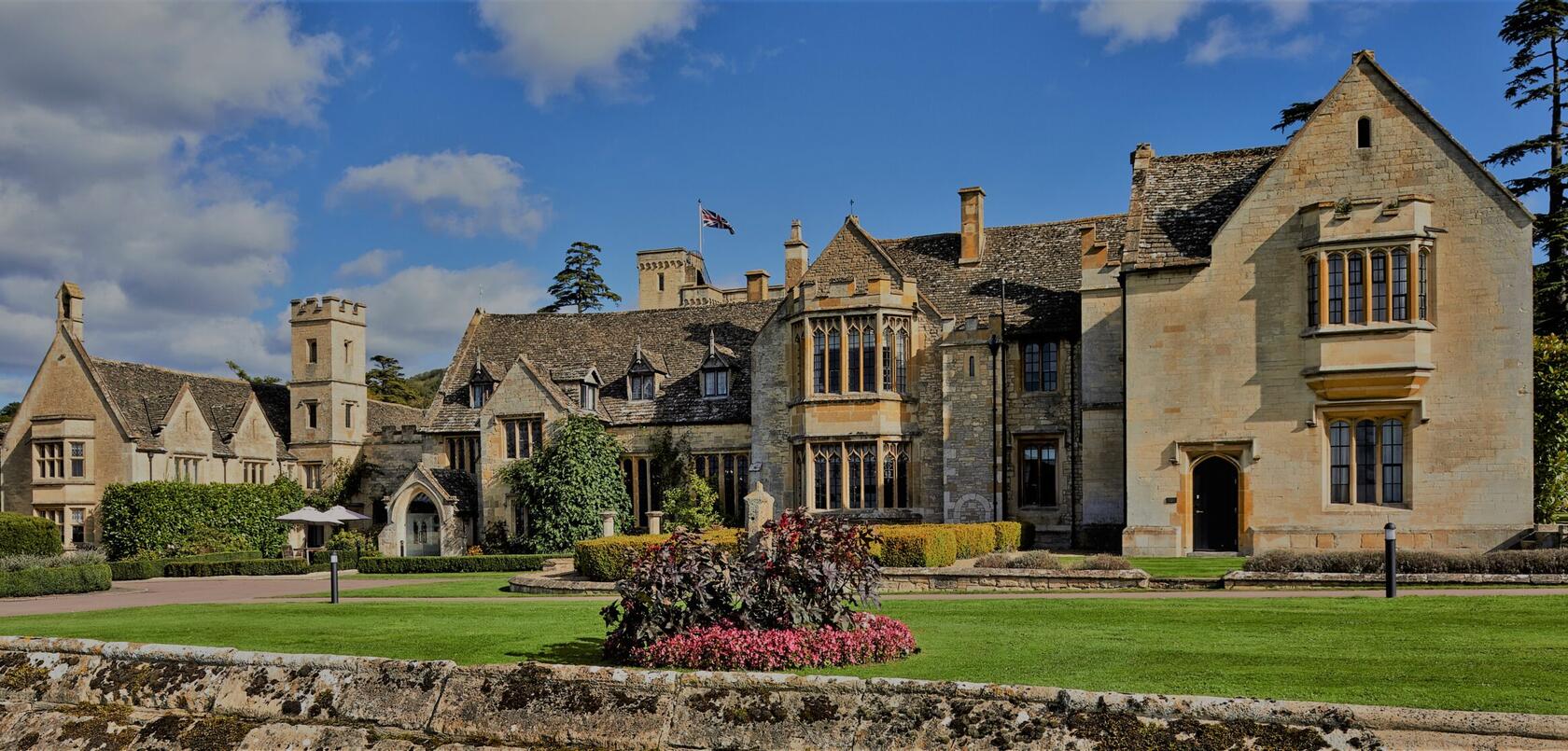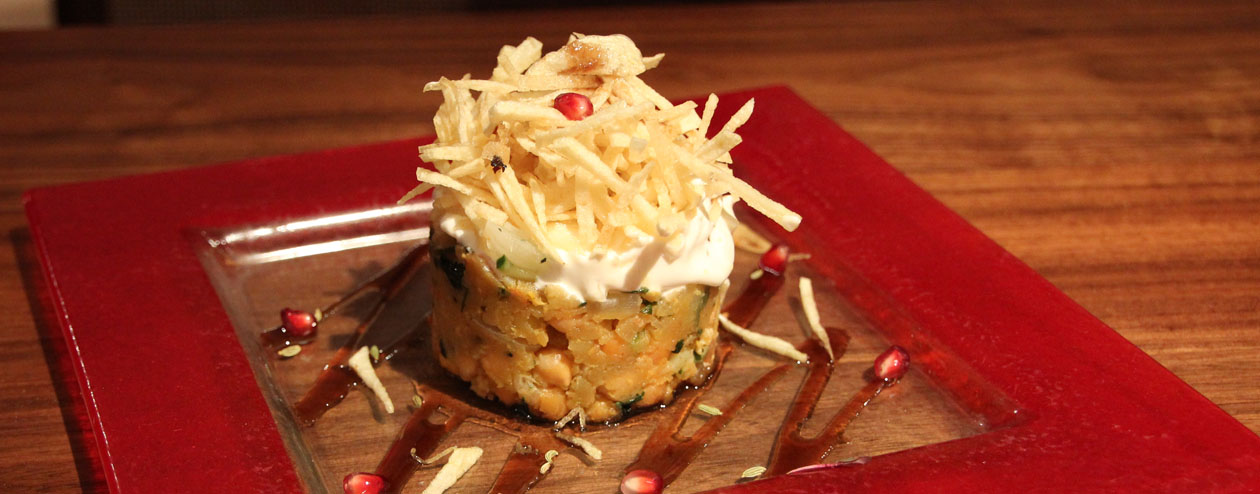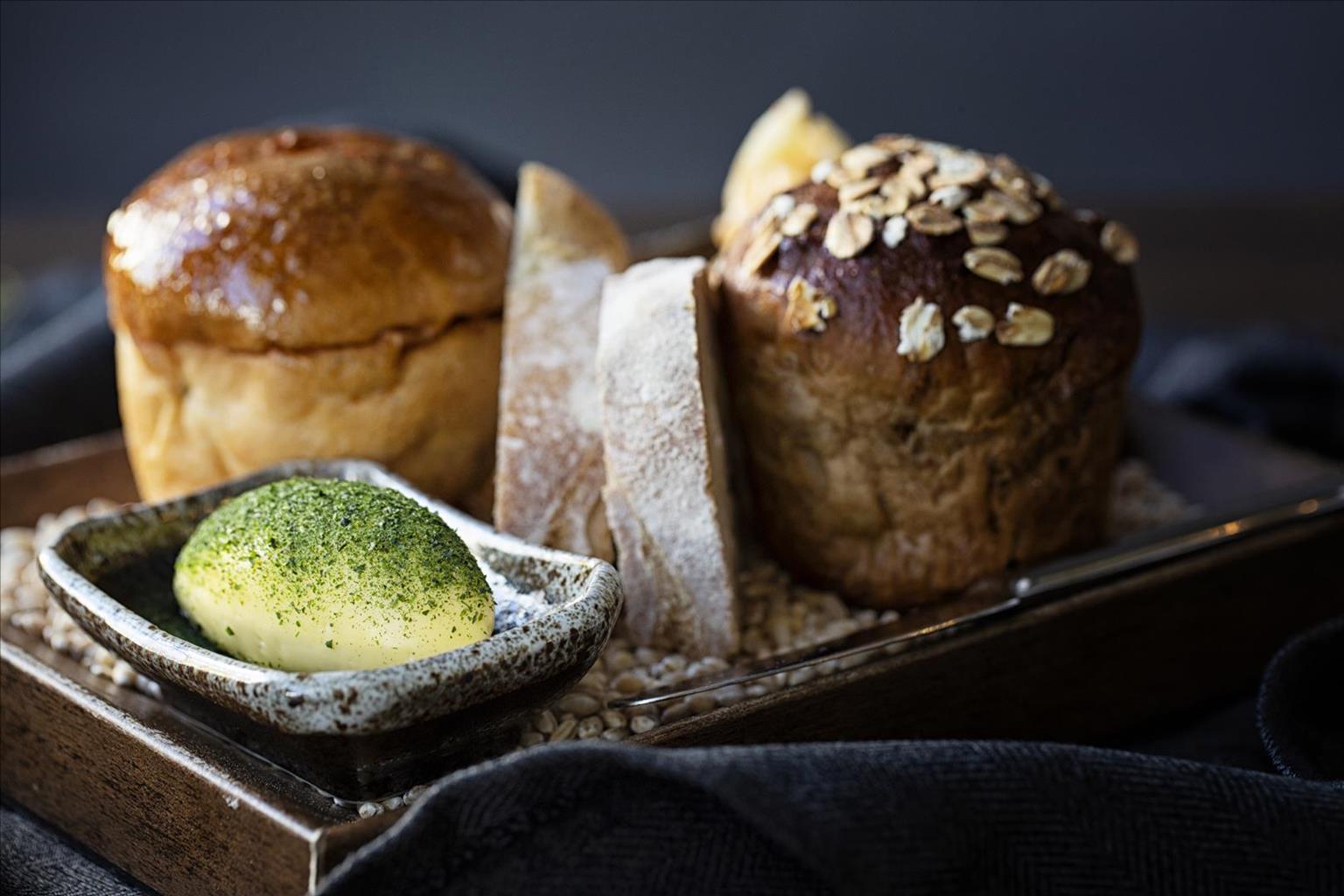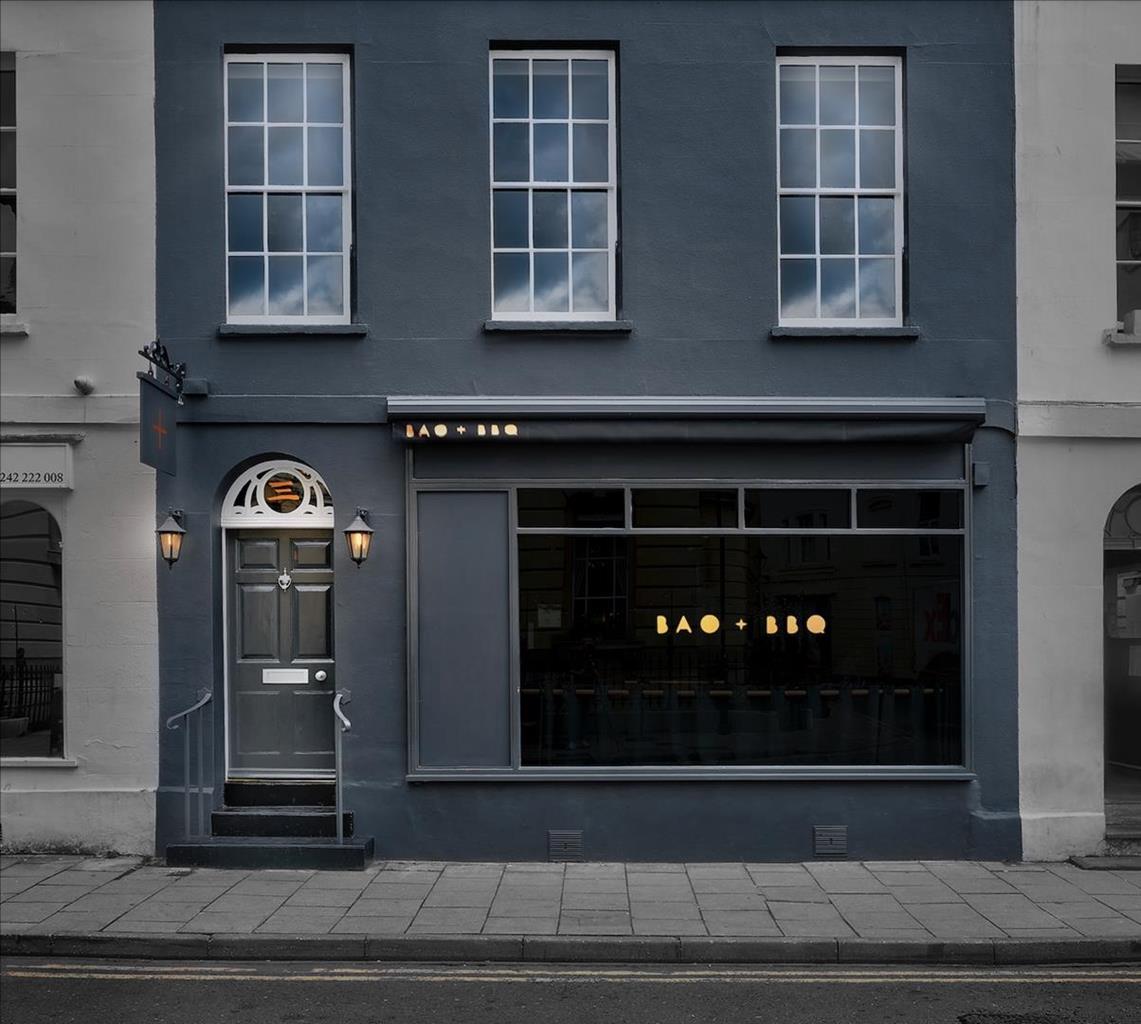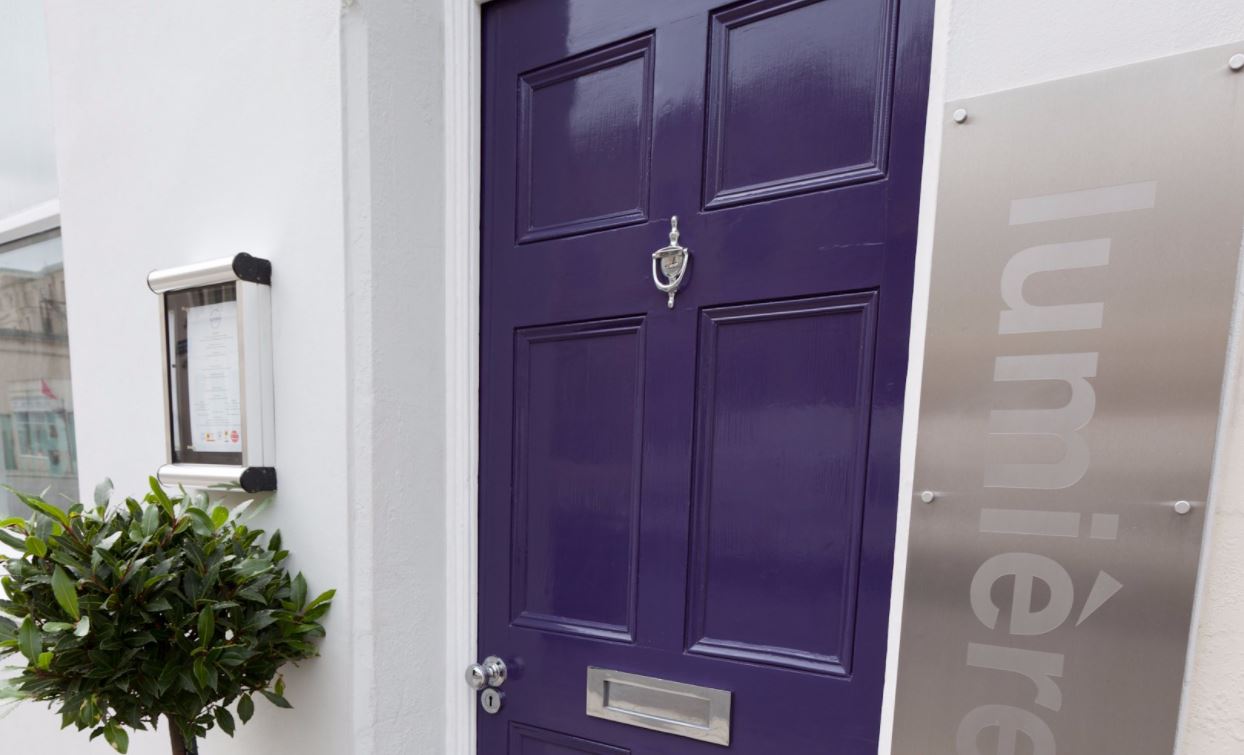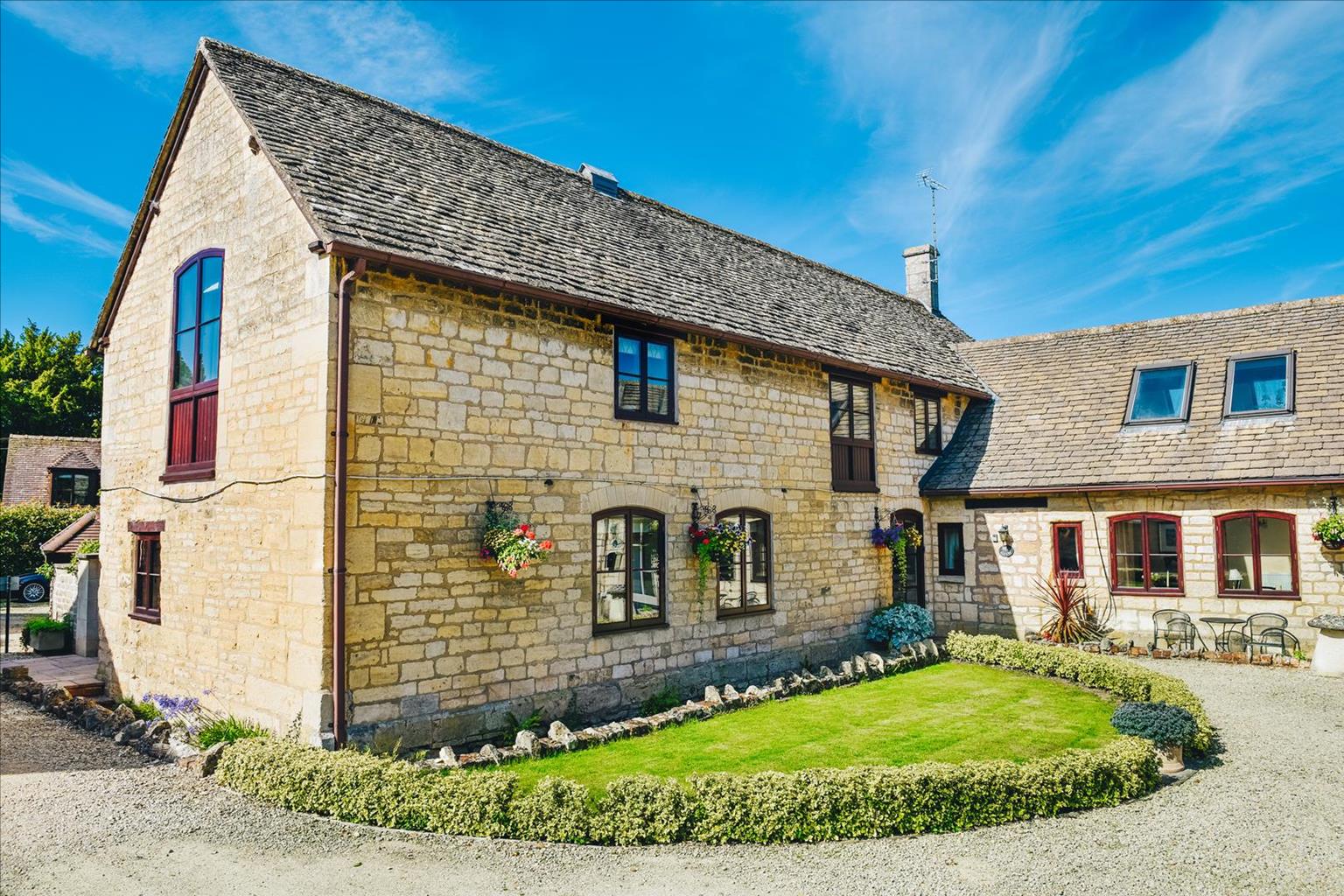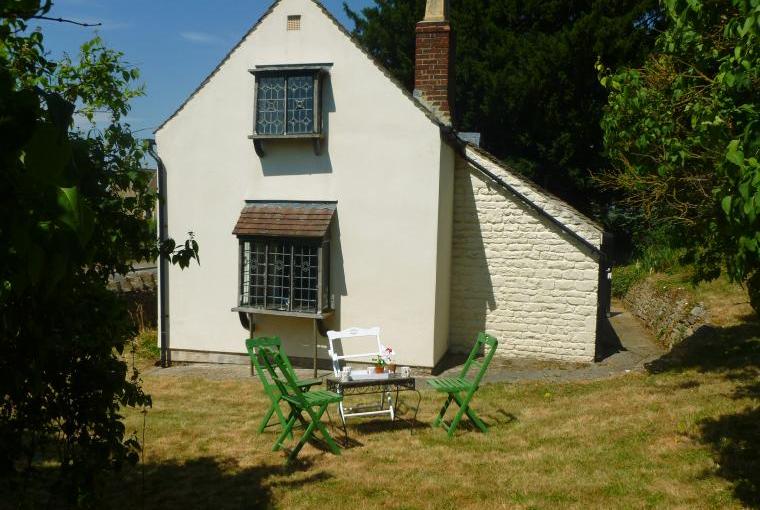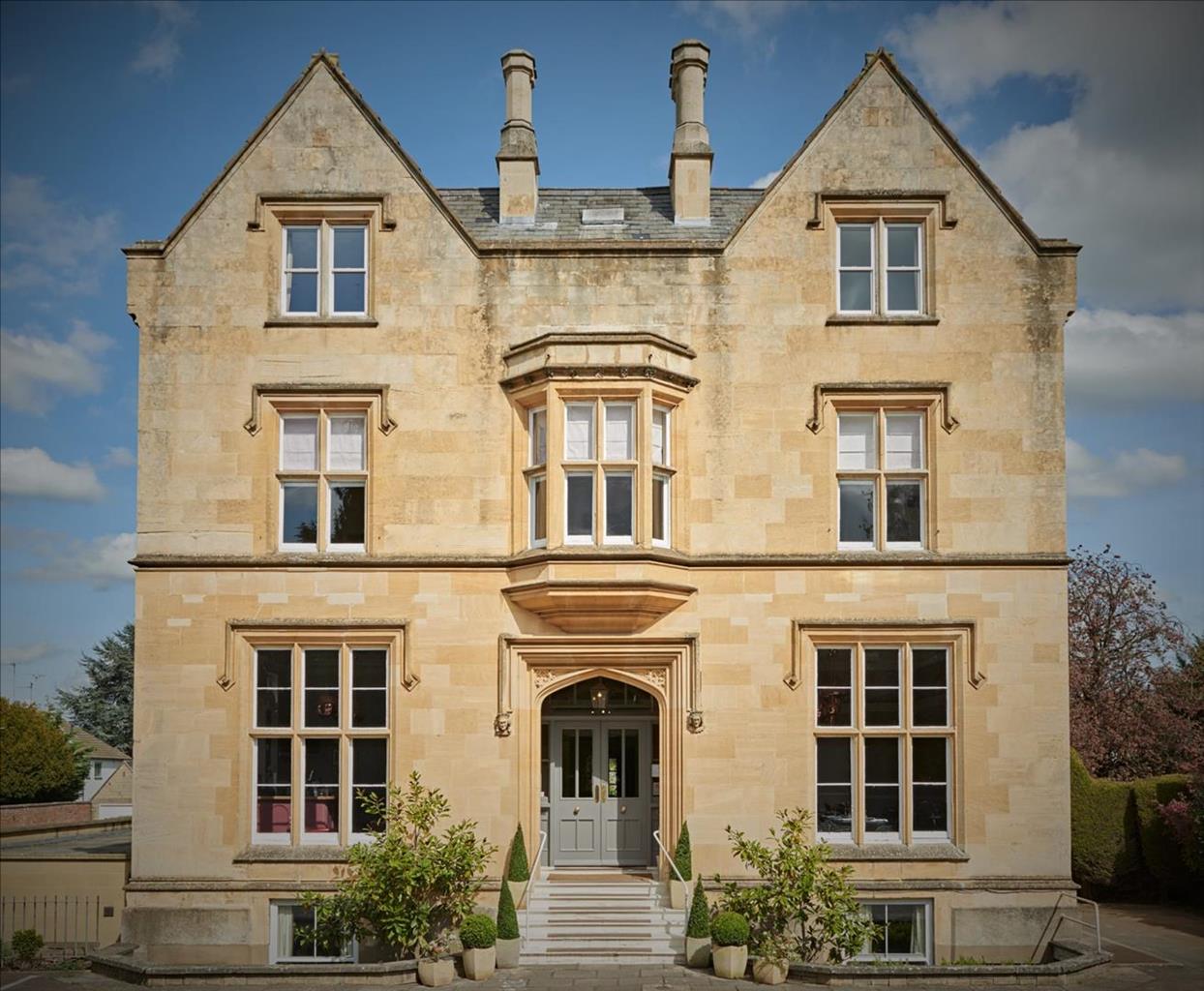At the foot of Cleeve Hill, the ancient village of Prestbury is the setting for Church Court…
Prestbury and Southam

A gentle ramble around this unassuming old village which claims to be one of Britain's most haunted.
3.25 miles (5.1kms)
About the walk
The village of Prestbury, on the northeast fringe of Cheltenham, is reputedly the second most haunted village in England, with The Burgage its oldest and most haunted street. The largest building along it is Prestbury House. During the Civil War it was occupied by Parliamentary troops. Expecting Royalists camped on Cleeve Hill to send a messenger to Gloucester, they laid a trap: a rope was stretched across The Burgage. When the Cavalier rode through the village, he snagged on the rope and was catapulted from his mount. No doubt relieved of his despatches and interrogated, the unfortunate rider was then executed. A skeleton discovered near by in the 19th century is thought to be his. It is said that the sound of hooves can often be heard here, as well as a horse’s snorting and stamping.
More paranormal activity has been experienced in Prestbury House grounds, where they meet Mill Street. There have been sightings here of rowdy people in Regency dress. On this site, it turns out, there was once a fashionable meeting place called the Grotto, where the local gentry would take their ease. By the time of its closure in 1859, it had become known as a place of ill-repute.
Spectral abbots are regularly seen in Prestbury. The Black Abbot used to walk the aisle of St Mary’s Church but, since his exorcism, he prefers the churchyard – a vicar came across him here, seated on a tombstone. The Abbot has also been spotted near The Plough Inn on Mill Street. In fact, there have been sightings of the Black Abbot almost everywhere in the village.
There are several other haunted places in the village. At Sundial Cottage, in The Burgage, a lovelorn girl plays the spinet; the Three Queens house in Deep Street had to be exorcised; two of three cottages next to Three Queens house are also haunted, one by soldiers from the Civil War, and another by the Black Abbot. Another abbot (or perhaps the same one) with ‘an unpleasant leer’ is said to haunt Morningside House, next to the car park.
There is more to the village than ghosts, however. The manor of Prestbury was established by ad 899. Remains of the moated hall can still be found on Spring Lane, close to Cheltenham racecourse. The village is associated with the jockey Fred Archer (1857–1886), as a plaque on the Kings Arms testifies, while the England cricketer Charlie Parker (1882–1959), was also born here.
Walk directions
Leave the car park, turn left then turn right into The Bank and right again into Mill Street. At the main road turn left. After 100yds (91m), cross the road to a gate. Go into a field and head diagonally left to another gate.
Go through this and follow the track that is ahead of you and slightly to your left. Where it goes right, cross a stile in front of you. Cross a field heading slightly to the right, to another stile. Cross this, go over a small footbridge and continue heading up towards Queen’s Wood.
Stay to the left of the woods. Eventually cross a track via two stiles and enter another field. Where the woods sweep uphill, continue straight on and drop down and through a field with old oak trees to a stile in the corner that takes you onto the main road.
Ahead of you are the medieval buildings of the Ellenborough Park Hotel. Cross the road and turn right. Follow the pavement as it bears left into Old Road, then Southam Lane. After 200yds (183m), turn left along a track to a gate. Go through this into a field.
Head across, bearing slightly right towards the corner of a line of trees and bushes, with the Ellenborough Park Hotel on your left. Cross over (but don’t follow) a gravel track and instead look for a well-walked route to the far end of the field. The path continues through a copse and on the far side crosses a footbridge to emerge into more fields.
Go across the next field, then through a kissing gate, and keep to the right edge of the following field. Descend gently to go through a kissing gate at the corner of the field to a track and follow this to a road.
Turn left along Shaw Green Lane. After about 400yds (366m), turn right along a footpath passing between houses, just past No. 34. Eventually this will bring you out onto Mill Street, opposite the church. Turn right to walk past The Priory and the brick wall that marks the site of the haunted Grotto, until you come to The Burgage. Turn left here, passing the Royal Oak Inn, Prestbury House and Sundial Cottage.
At the junction with Tatchley Lane turn left and then left again at miniroundabouts into Deep Street. Just before the Kings Arms turn left on a footpath leading to the church. Turn right just before the church and pass through the churchyard to return to Mill Street, opposite The Plough pub. Turn right and then right again and return to the car park.
Additional information
Fields (could be muddy in places) and pavement, several stiles
Woodland, hills and villages
Lead necessary around livestock; some stiles have dog slots
OS Explorer 179 Gloucester, Cheltenham & Stroud
Car park near war memorial on Idsall Drive (2 hours max)
None on route
WALKING IN SAFETY
Read our tips to look after yourself and the environment when following this walk.
Find out more
Also in the area
About the area
Discover Gloucestershire
Gloucestershire is home to a variety of landscapes. The Cotswolds, a region of gentle hills, valleys and gem-like villages, roll through the county. To their west is the Severn Plain, watered by Britain’s longest river, and characterised by orchards and farms marked out by hedgerows that blaze with mayflower in the spring, and beyond the Severn are the Forest of Dean and the Wye Valley.
Throughout the county you are never far away from the past. Neolithic burial chambers are widespread, and so too are the remains of Roman villas, many of which retain the fine mosaic work produced by Cirencester workshops. There are several examples of Saxon building, while in the Stroud valleys abandoned mills and canals are the mark left by the Industrial Revolution. Gloucestershire has always been known for its abbeys, but most of them have disappeared or lie in ruins. However, few counties can equal the churches that remain here. These are many and diverse, from the ‘wool’ churches in Chipping Campden and Northleach, to the cathedral at Gloucester, the abbey church at Tewkesbury or remote St Mary’s, standing alone near Dymock.
Nearby stays
Restaurants and Pubs
Nearby experiences
Recommended things to do
Why choose Rated Trips?
Your trusted guide to rated places across the UK
The best coverage
Discover more than 15,000 professionally rated places to stay, eat and visit from across the UK and Ireland.
Quality assured
Choose a place to stay safe in the knowledge that it has been expertly assessed by trained assessors.
Plan your next trip
Search by location or the type of place you're visiting to find your next ideal holiday experience.
Travel inspiration
Read our articles, city guides and recommended things to do for inspiration. We're here to help you explore the UK.


